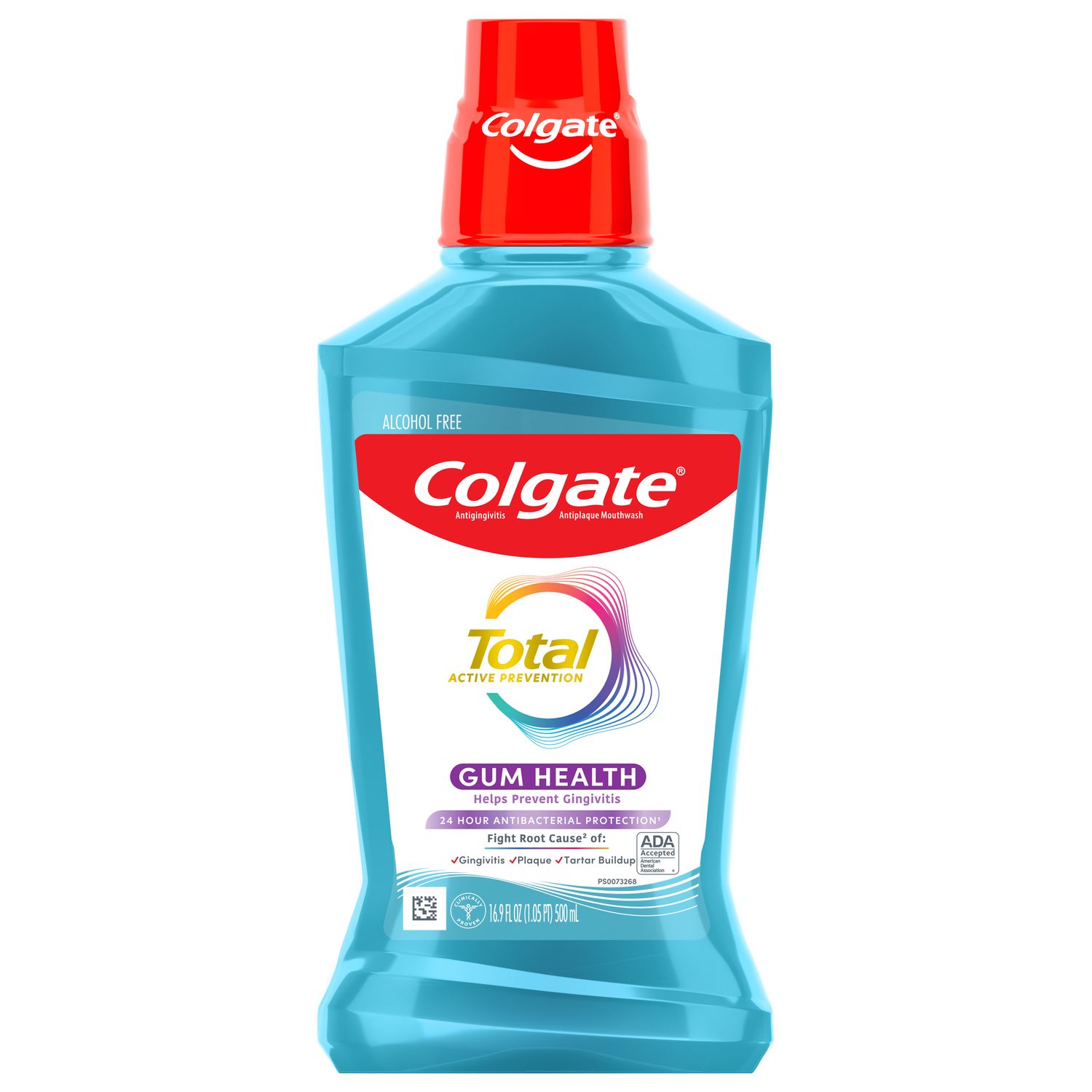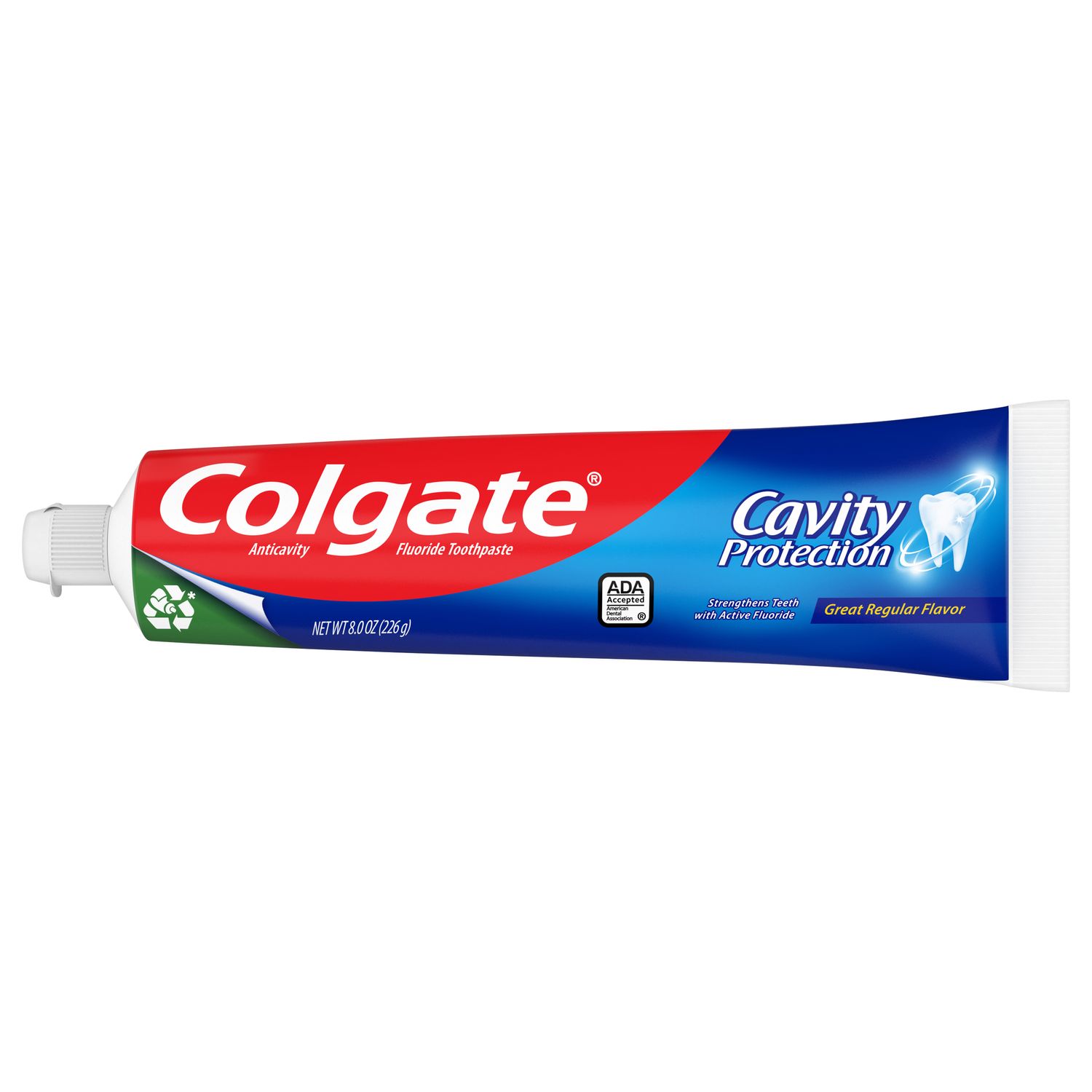Causes for Blue or Grey Teeth
Natural Tooth Color
Did you know that teeth naturally come in a range of colors and shades? According to Medline Plus, a natural cause of tooth discoloration is a rare genetic condition called dentinogenesis imperfecta, affecting tooth structure and appearance. The baby and adult teeth enamel can appear blue-gray or yellow-brown, and the teeth may be weaker than average. Also known as hereditary opalescent dentin, this condition is due to a genetic mutation that leads to defective dentin. If you think you might have this condition, talk to your dental professional for a proper evaluation. This condition is rare, so your discoloration could also be due to a different cause.
Early Antibiotic Exposure
According to the Journal of International Oral Health, exposure to the common infection-fighting antibiotic tetracycline while in the womb or as a young child causes discoloration in adult teeth. Affected teeth develop blue-gray or yellow-brown stains, often in a pattern of horizontal stripes. While these stains are permanent and regular brushing won't improve them, cosmetic whitening options can help. Talk to your dental professional about what treatments might work best for you.
Dental Restorations
Dental restorations, such as fillings, can give the appearance of gray or blue teeth—you may have seen this in your teeth if you had a silver-colored filling (also known as dental amalgam). That’s because this material, along with glass ionomer, acrylic, porcelain, and metal crowns, may appear blue-gray at the tooth’s surface due to the metallic color showing through a translucent enamel or porcelain surface. If the gray or blue teeth are due to silver fillings, a dentist can often refill the tooth with a white amalgam.
Dead Teeth
When only one or a few teeth turn gray or blue, it might be because the teeth have died. Though you might think of all teeth as lifeless, at their center are living pulp and nerves. If trauma or infection has caused damage, the pulp and nerves can die, and the tooth turns dark pink, gray, or black. If you suspect one or more of your teeth have died, book an appointment with your dental professional. Bacteria can enter the space at the center of a dead tooth and cause an abscess. You may need an extraction procedure for a badly decayed tooth, but your dental professional may be able to save the tooth with a root canal. Once your dental professional has identified if a dead tooth is causing your blue or grey tooth color, they can take steps to restore your tooth’s health and your smile’s sparkle.
Whitening Gray or Blue Teeth
If you are concerned about the color of your blue or grey teeth, don’t worry—you have treatment options. Though whitening treatments often work best on yellowed teeth, they may improve the appearance of naturally blue or gray teeth. Your dental professional can explain the results you can reasonably expect from in-office or at-home treatments. Whitening treatments can also improve the color of a tooth that has died.
However, tetracycline-affected teeth often bleach unevenly. For these teeth and deep gray or blue teeth, crowns or veneers may give a better result. Whatever the shade of your teeth, maintaining excellent oral care is a must if you want to continue to build a bright and healthy smile. That means brushing twice daily with fluoride toothpaste and a soft-bristle toothbrush. You could also consider whitening toothpaste. Also, clean between your teeth daily with floss, water flossers, or another interdental cleaning device. Maintaining excellent oral care helps prevent all forms of staining as well as cavity-causing bacteria.
It's easy to become self-conscious about your teeth when they aren't white but a grey or blue color. Luckily, treatments are available—set up an appointment with your dental professional so that they can identify the cause of your grey or blue teeth and recommend the best steps to get a healthy, confident, sparkling smile.
Oral Care Center articles are reviewed by an oral health medical professional. This information is for educational purposes only. This content is not intended to be a substitute for professional medical advice, diagnosis or treatment. Always seek the advice of your dentist, physician or other qualified healthcare provider.
ORAL HEALTH QUIZ
What's behind your smile?
Take our Oral Health assessment to get the most from your oral care routine
ORAL HEALTH QUIZ
What's behind your smile?
Take our Oral Health assessment to get the most from your oral care routine















